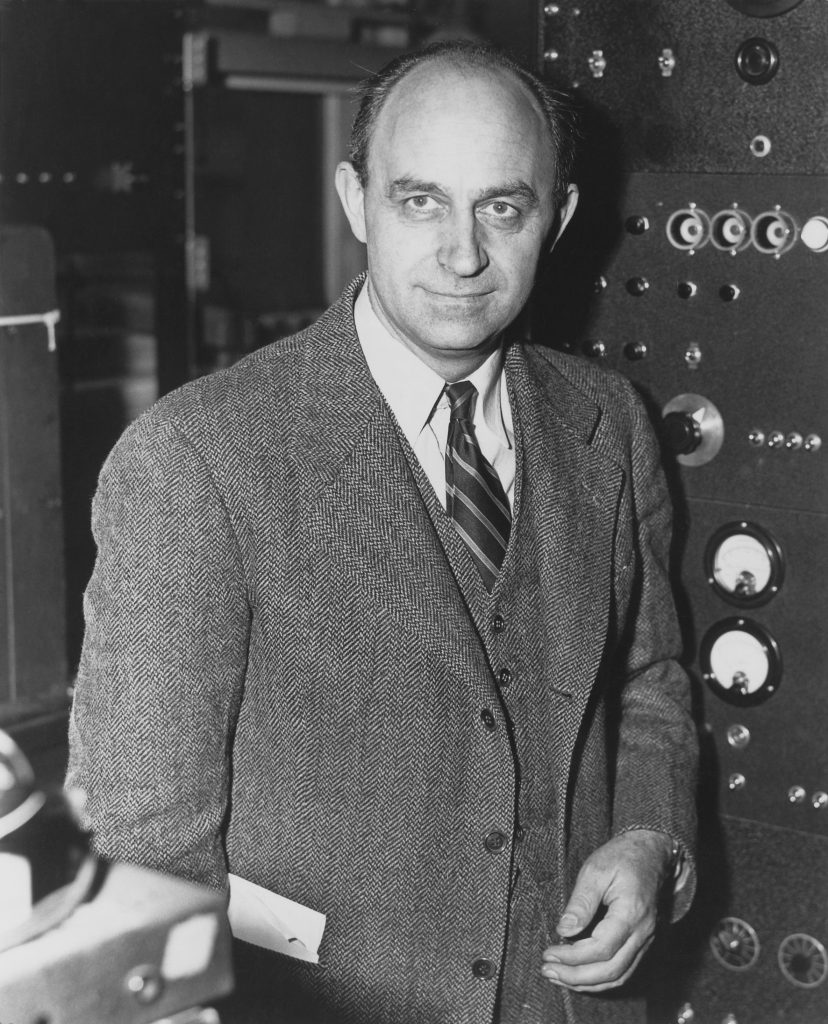Enrico Fermi's Life
Enrico Fermi (1901–1954) was a brilliant physicist whose work left an indelible mark on science and technology. Born in Rome, Italy, he displayed an early aptitude for mathematics and physics. He pursued his education at the University of Pisa, earning his doctorate in physics in 1922 (at the unusually young age of 20!). Fermi’s ground-breaking contributions spanned both theoretical and experimental physics, making him one of the few scientists to excel in both domains.
Fermi is perhaps best known for his development of the first artificial nuclear reactor, the Chicago Pile-1, in 1942. This achievement was a cornerstone of the Manhattan Project, which led to the development of nuclear energy and atomic weapons. His work on neutron bombardment earned him the 1938 Nobel Prize in Physics, recognising his discovery of induced radioactivity and transuranium elements.
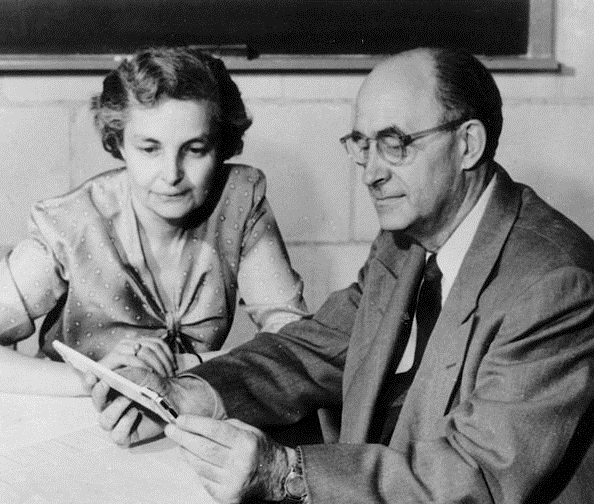
Fermi’s contributions extended beyond nuclear physics. He developed the Fermi-Dirac statistics, which describe the behaviour of particles known as fermions. He also proposed the theory of beta decay, introducing the concept of the neutrino. His insights into quantum mechanics, statistical mechanics, and particle physics have had a lasting impact on the scientific community.
In 1938, Fermi emigrated to the United States, fleeing the fascist regime in Italy. He became a professor at Columbia University and later at the University of Chicago, where he continued his research and mentored future generations of physicists. Fermi’s legacy lives on in the many scientific principles, theories, and discoveries that bear his name.
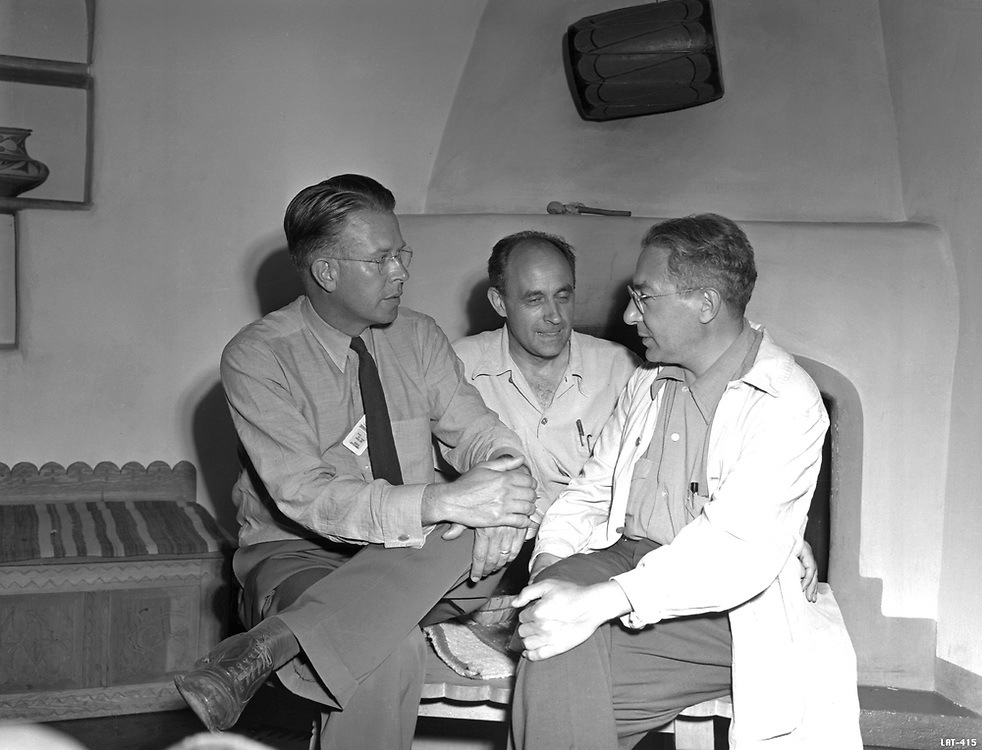
Enrico Fermi's Scientific Contributions
Neutron Bombardment
In the early 1930s, Fermi and his team in Rome conducted experiments bombarding various elements with neutrons. They discovered that slow-moving neutrons were more effective in inducing radioactivity. This led to the discovery of several new radioactive isotopes and transuranium elements, which are elements beyond uranium on the periodic table. This work earned him the Nobel Prize in Physics in 1938.
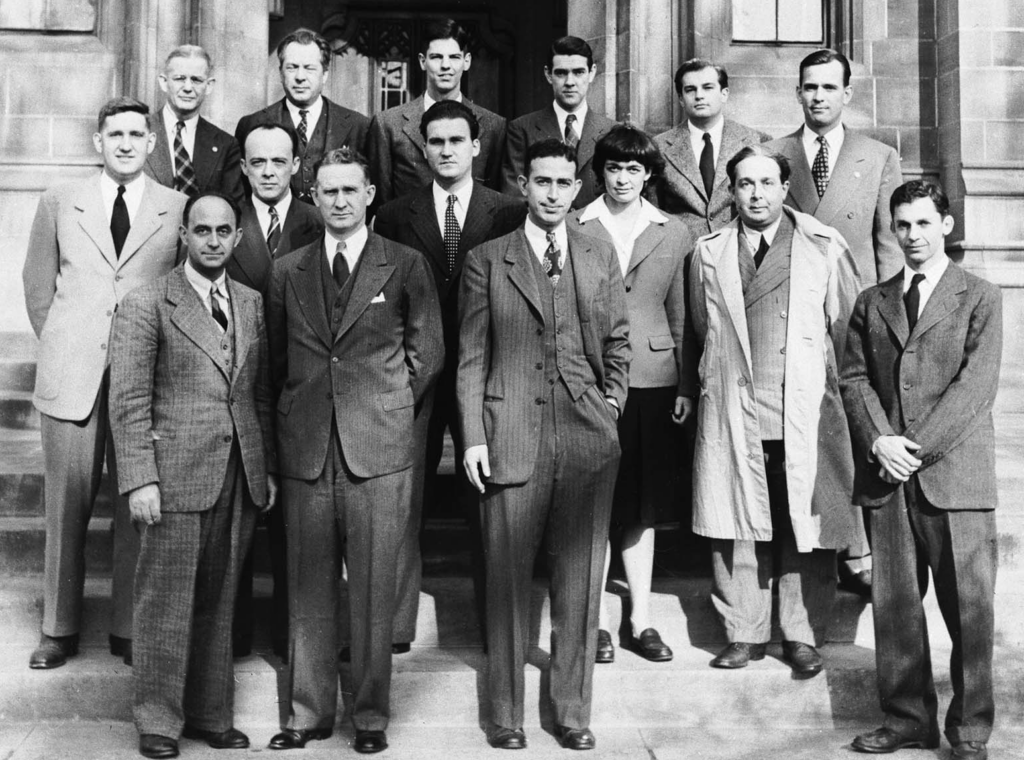
Theory of Beta Decay
Fermi developed a theoretical framework for beta decay, a type of radioactive decay where a neutron transforms into a proton, emitting an electron and a neutrino. His theory introduced the concept of the neutrino, a nearly massless particle that interacts weakly with matter. This was a significant contribution to particle physics and our understanding of weak nuclear forces.
Chicago Pile-1
In 1942, Fermi led the construction of the first artificial nuclear reactor, known as Chicago Pile-1, at the University of Chicago. This experiment achieved the first controlled nuclear chain reaction, demonstrating the feasibility of harnessing nuclear energy. It was a pivotal moment in the Manhattan Project and the development of nuclear power.
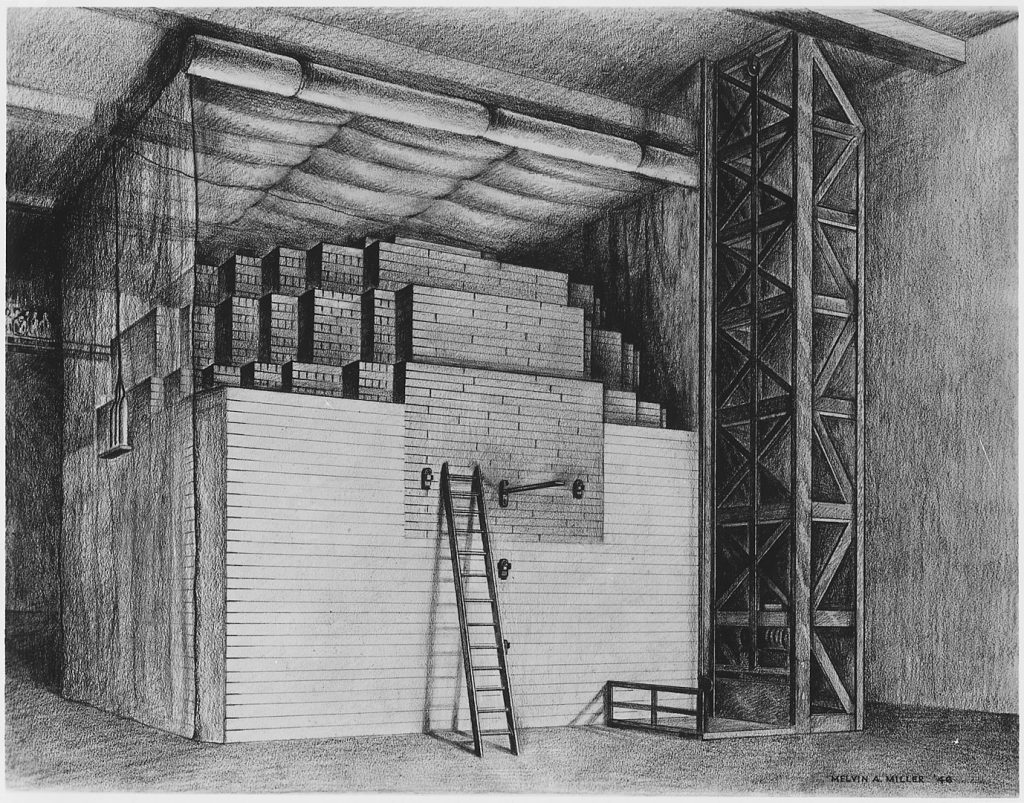
Manhattan Project Contributions
Curie carried out the daunting task of refining radium salts to study their properties. This required processing massive quantities of pitchblende and performing precise chemical separations. Her dedication resulted in pure samples, which allowed for further research into the properties of radioactive substances.
Fermi-Dirac Statistics
Although not an experiment, Fermi’s work on quantum statistics was groundbreaking. He developed the Fermi-Dirac statistics to describe the behavior of particles known as fermions, which include electrons, protons, and neutrons. This work has applications in quantum mechanics and solid-state physics.
Fermi’s experiments and theories were not only innovative but also laid the groundwork for numerous advancements in physics and technology. His ability to bridge theory and experiment made him a unique figure in the scientific community.
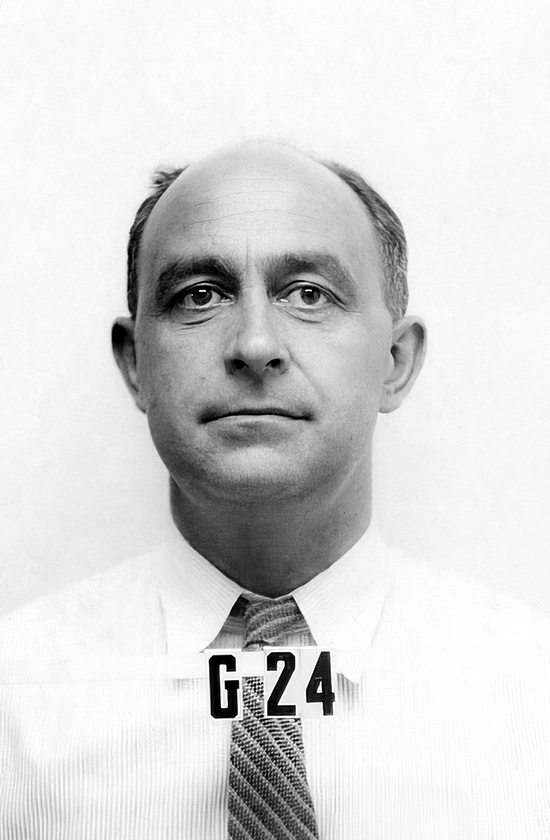
Enrico Fermi's Accomplishments
Awards and Prizes
Enrico Fermi received numerous prestigious awards throughout his career. He was awarded the Nobel Prize in Physics in 1938 for his discovery of induced radioactivity and transuranium elements. In 1954, the same year that Fermi was also awarded the Max Planck medal, he was honoured with a special award by President Eisenhower and the Atomic Energy Commission for his lifetime achievements in physics. The Enrico Fermi Award, established in 1956, commemorates his contributions and is one of the oldest U.S. science and technology honours. His accolades reflect his profound impact on nuclear science and physics.
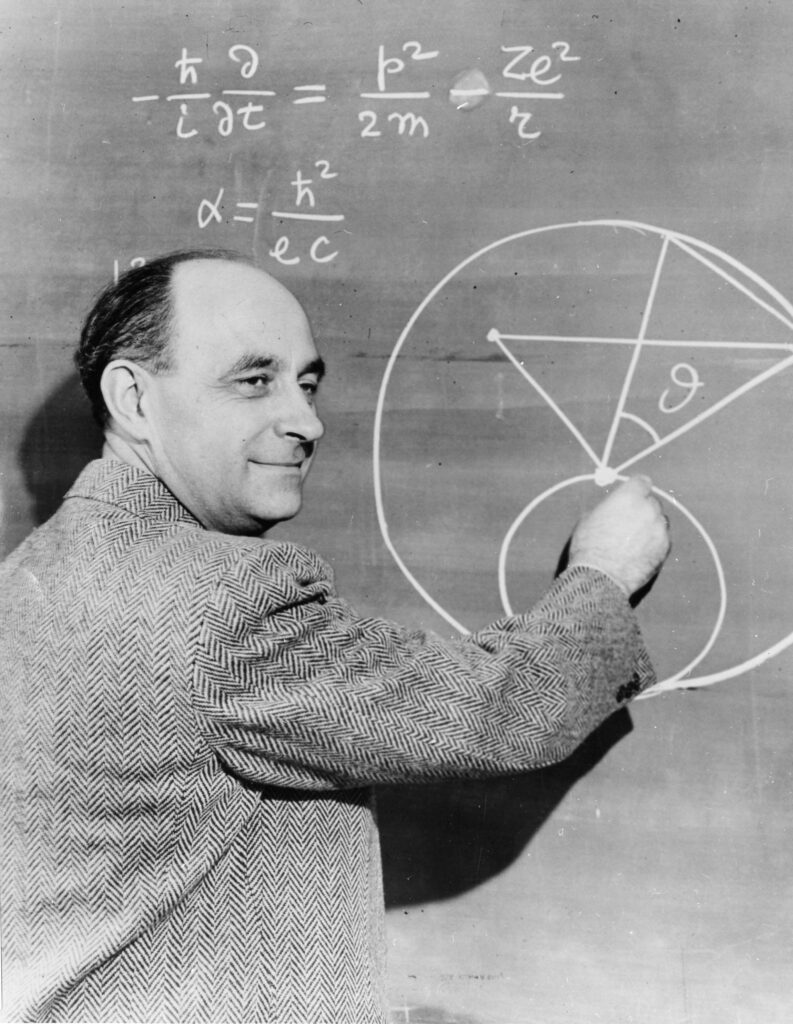
Influence on Nuclear Science
Enrico Fermi’s influence on nuclear science and the nuclear industry is monumental. He is often called the “architect of the nuclear age” for his pioneering work in nuclear physics. His development of the first artificial nuclear reactor, Chicago Pile-1, demonstrated the feasibility of controlled nuclear chain reactions, which became the foundation for nuclear power plants. This breakthrough not only provided a new energy source but also revolutionised the way we understand and harness atomic energy.
His work also laid the groundwork for advancements in reactor design, neutron moderation, and the safe handling of nuclear materials. The principles he established continue to guide the nuclear industry, from energy production to medical applications and beyond.
Legacy
Enrico Fermi (1901–1954) was a pioneering physicist whose work significantly advanced nuclear physics, quantum mechanics, and particle physics. He developed the first artificial nuclear reactor, Chicago Pile-1, enabling controlled nuclear fission and paving the way for nuclear energy. Fermi’s theory of beta decay introduced the concept of the neutrino, and his Fermi-Dirac statistics revolutionised our understanding of fermions. A key contributor to the Manhattan Project, he played a crucial role in the development of atomic weapons. Awarded the 1938 Nobel Prize in Physics for his discovery of induced radioactivity, Fermi’s legacy continues to influence scientific research, technology, and education. His methodologies, including “Fermi problems,” emphasise practical estimation and inspire problem-solving across disciplines.
Explore Further
Continue learning about the lives of the people that shaped nuclear history.
Did you know? Explore Nuclear also offers great careers information and learning resources.
Below you can find references to the information and images used on this page.
Content References
- Enrico Fermi – Nuclear Museum
- Enrico Fermi – Facts – NobelPrize.org
- Enrico Fermi – Wikipedia
- Enrico Fermi | Education, Discoveries, Biography, & Facts | Britannica
- Enrico Fermi – Biographical – NobelPrize.org
- Enrico Fermi – Quotes, Atomic Bomb & Facts
- Enrico Fermi: Inventor of the World’s First Nuclear Reactor | History Hit
Image References
- Enrico Fermi 1943-49 – Department of Energy – Public Domain
- Laura and Enrico Fermi 1954 – Unknown author – Public Domain
- Enrico Fermi Los Alamos badge & Ernest Lawrence, Enrico Fermi, and Isadore I. Rabi & Chicago Pile Team – Los Alamos National Laboratory – Unless otherwise indicated, this information has been authored by an employee or employees of the Los Alamos National Security, LLC (LANS), operator of the Los Alamos National Laboratory under Contract No. DE-AC52-06NA25396 with the U.S. Department of Energy. The U.S. Government has rights to use, reproduce, and distribute this information. The public may copy and use this information without charge, provided that this Notice and any statement of authorship are reproduced on all copies. Neither the Government nor LANS makes any warranty, express or implied, or assumes any liability or responsibility for the use of this information.
- Enrico Fermi at the blackboard – Smithsonian Institution – Public Domain
